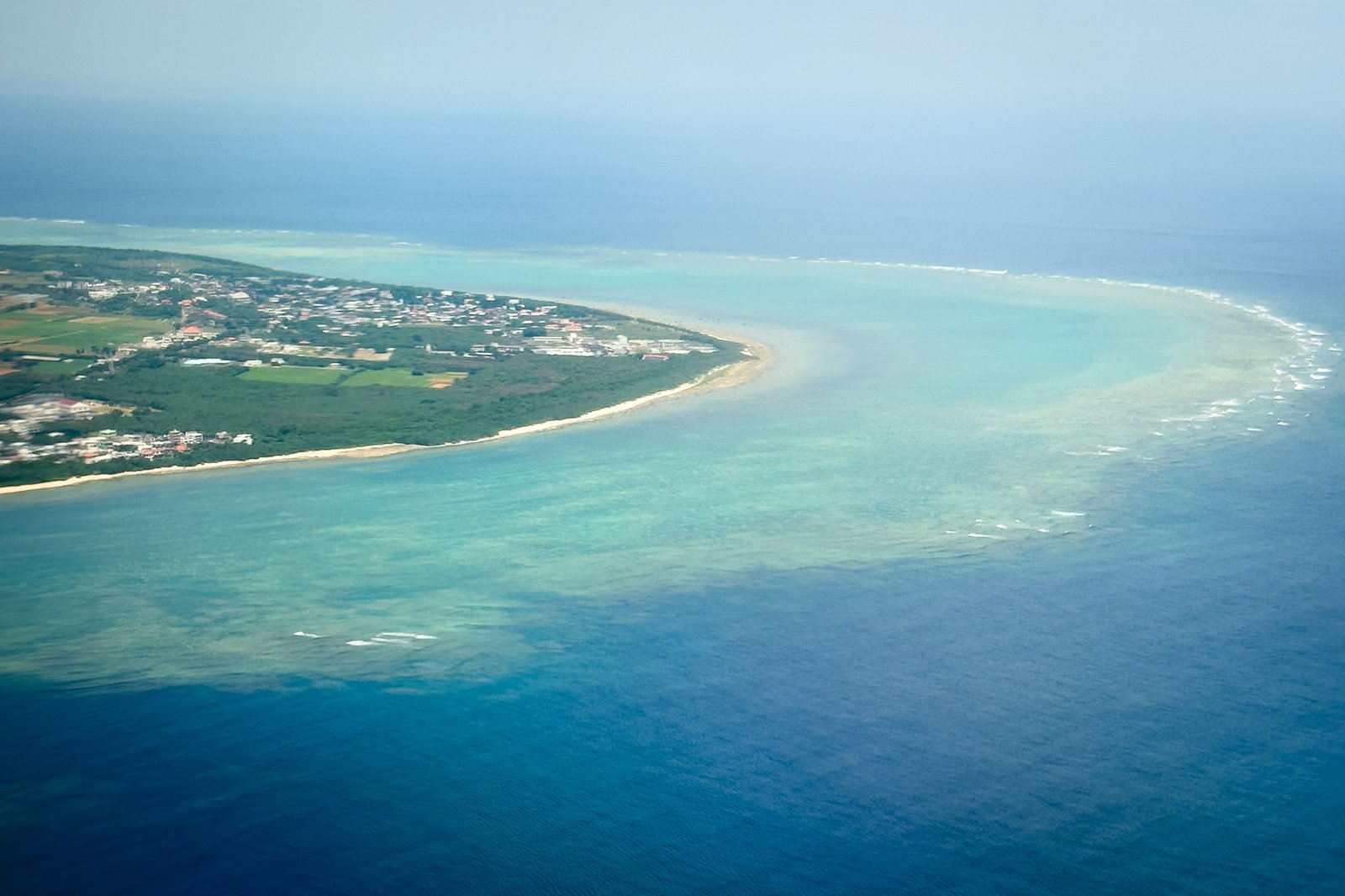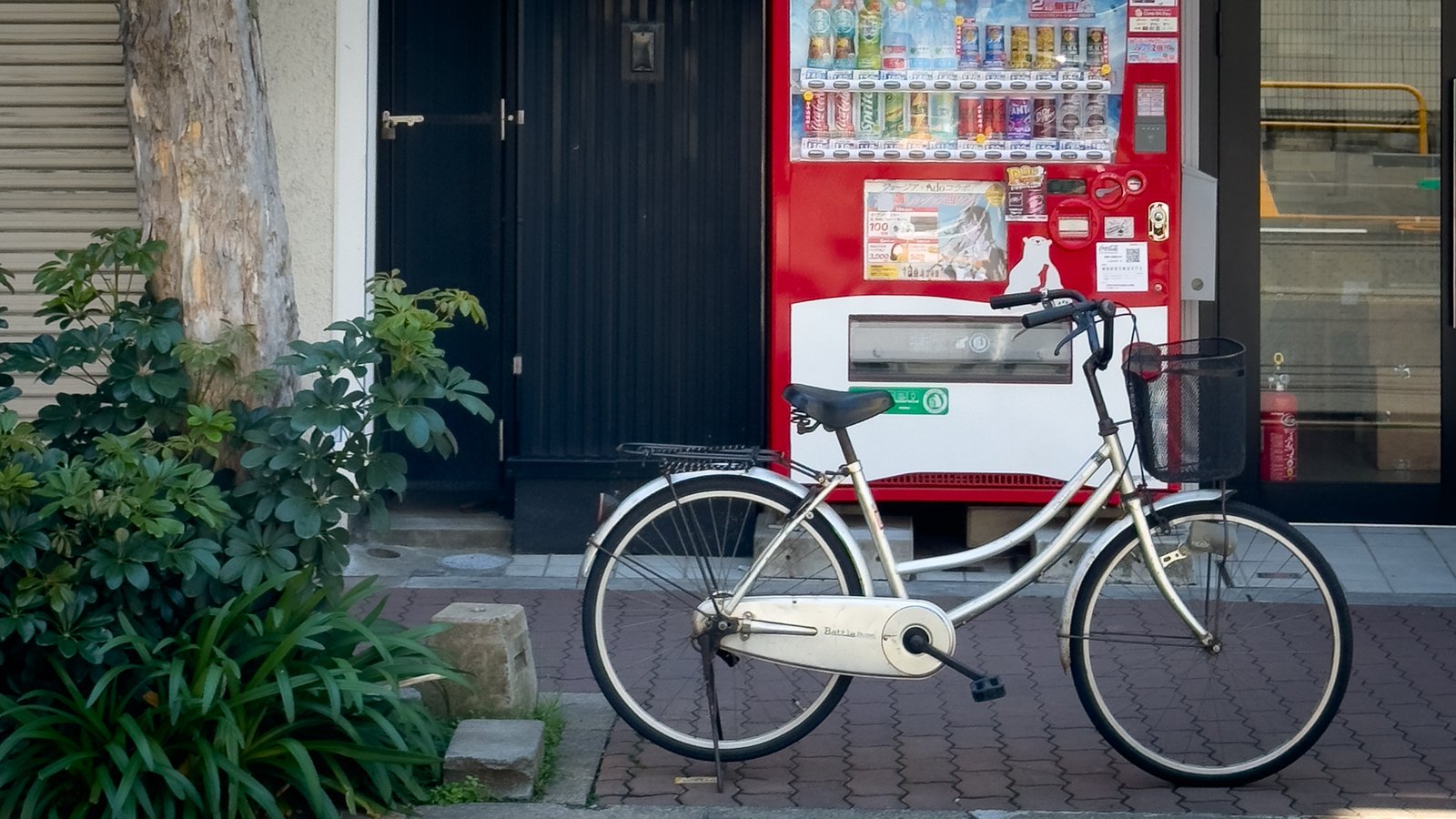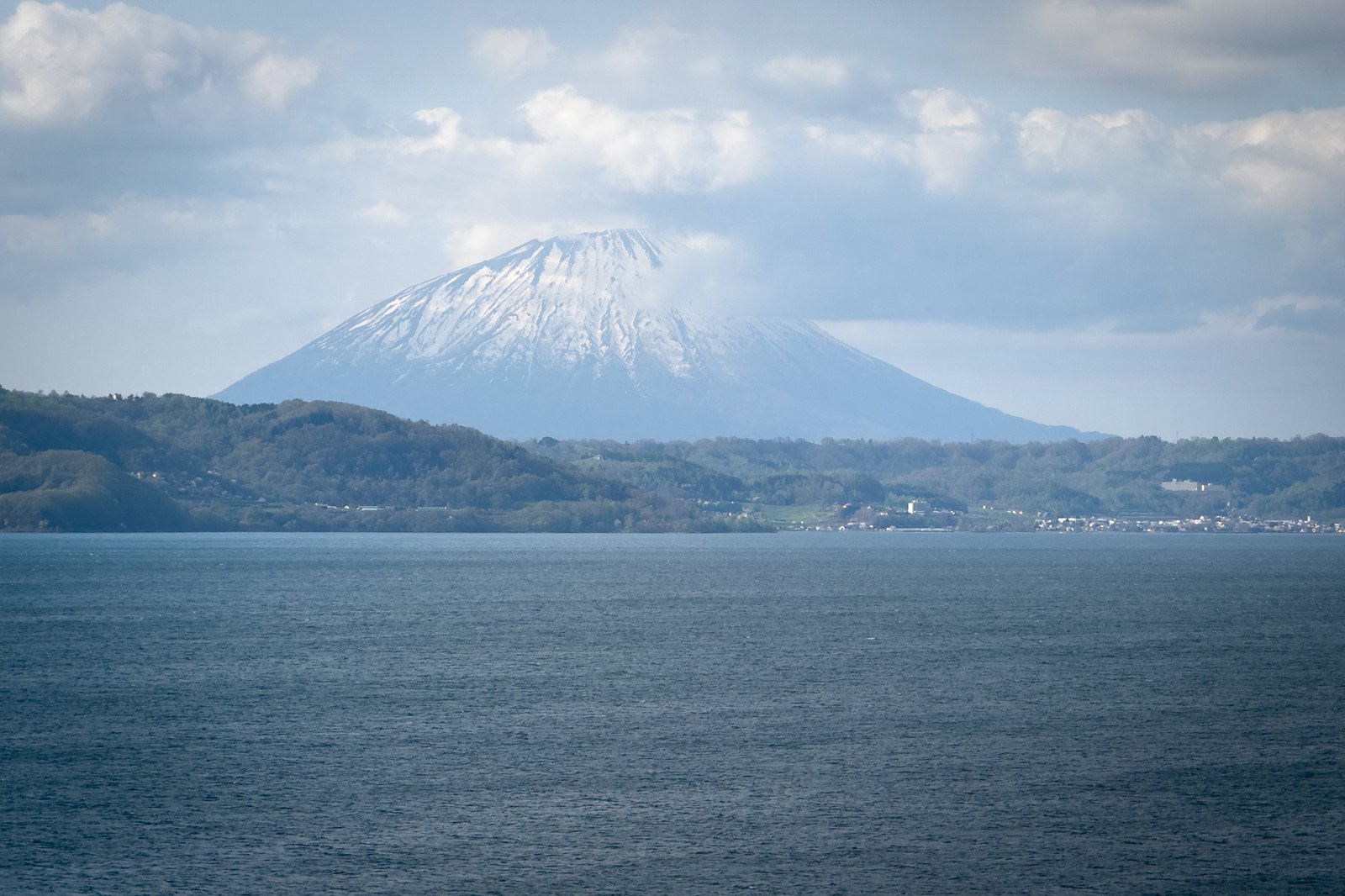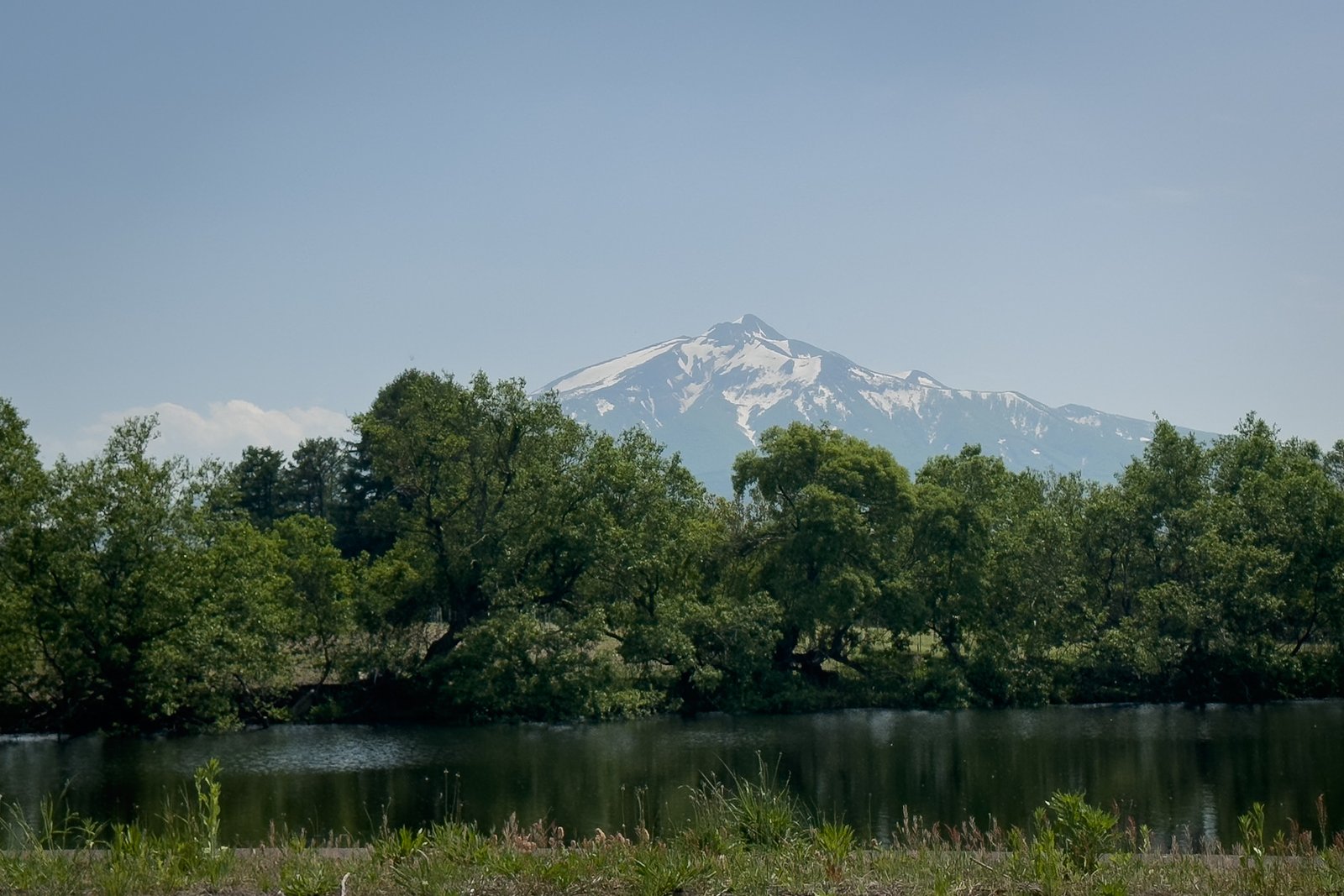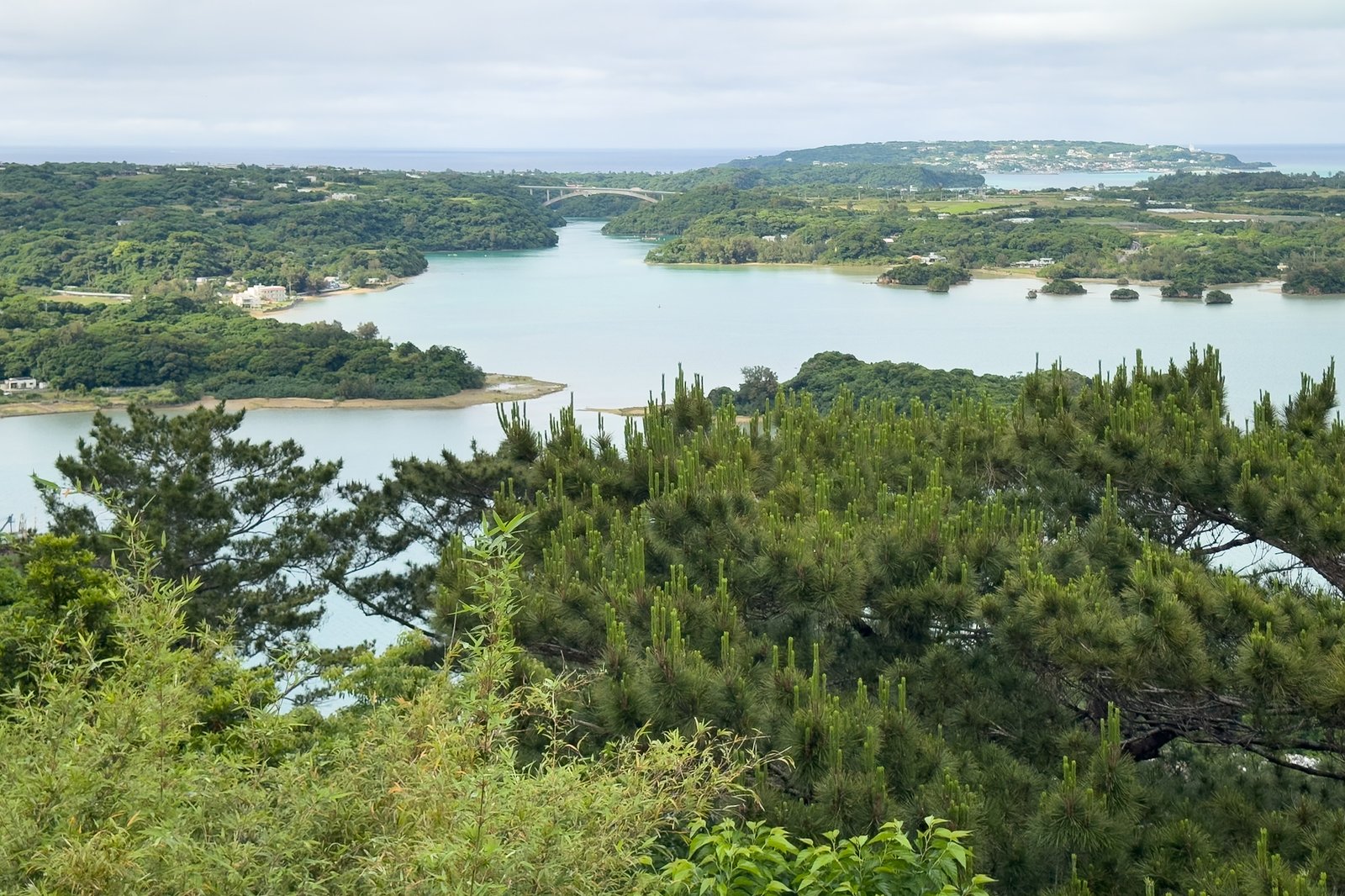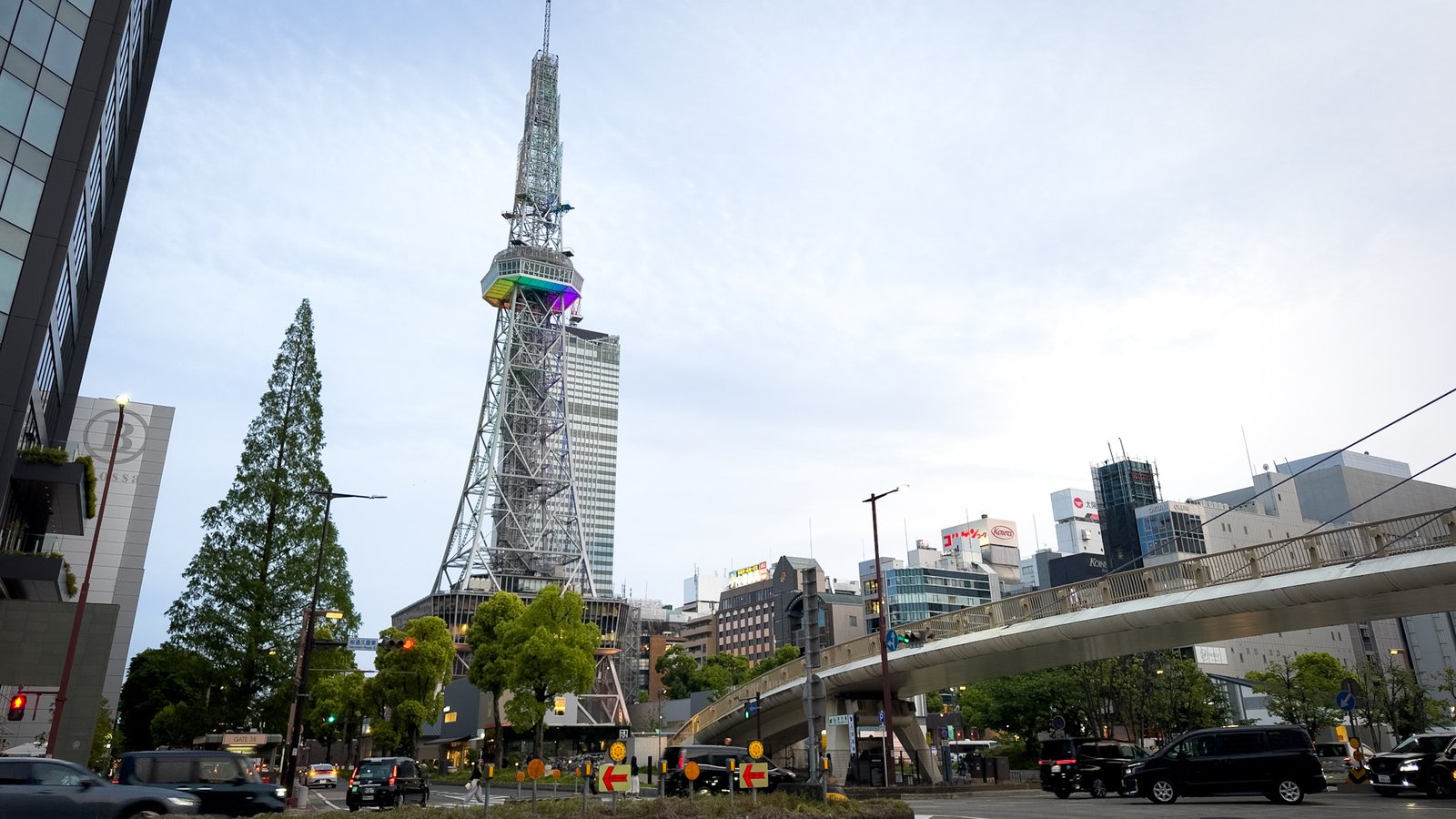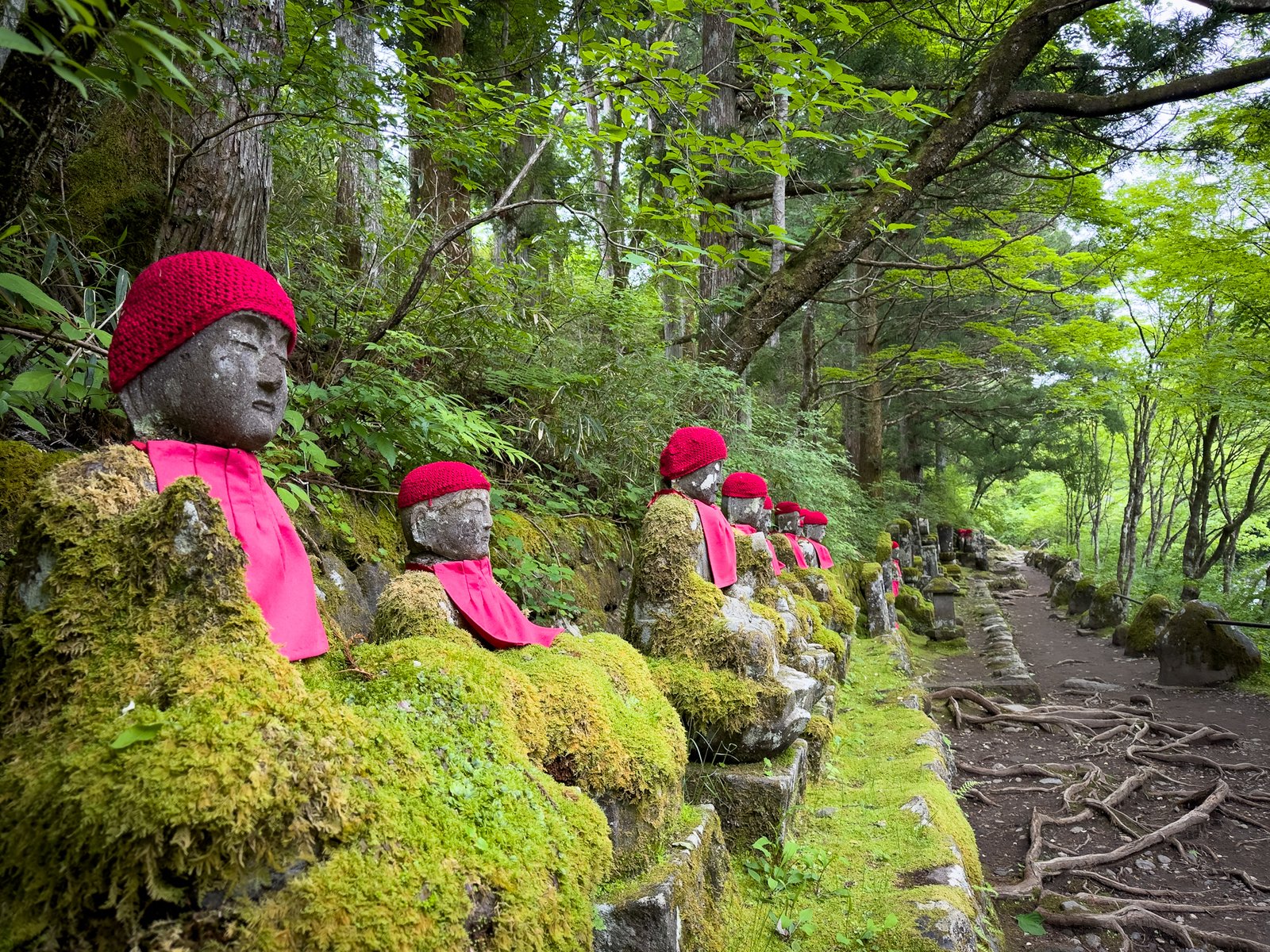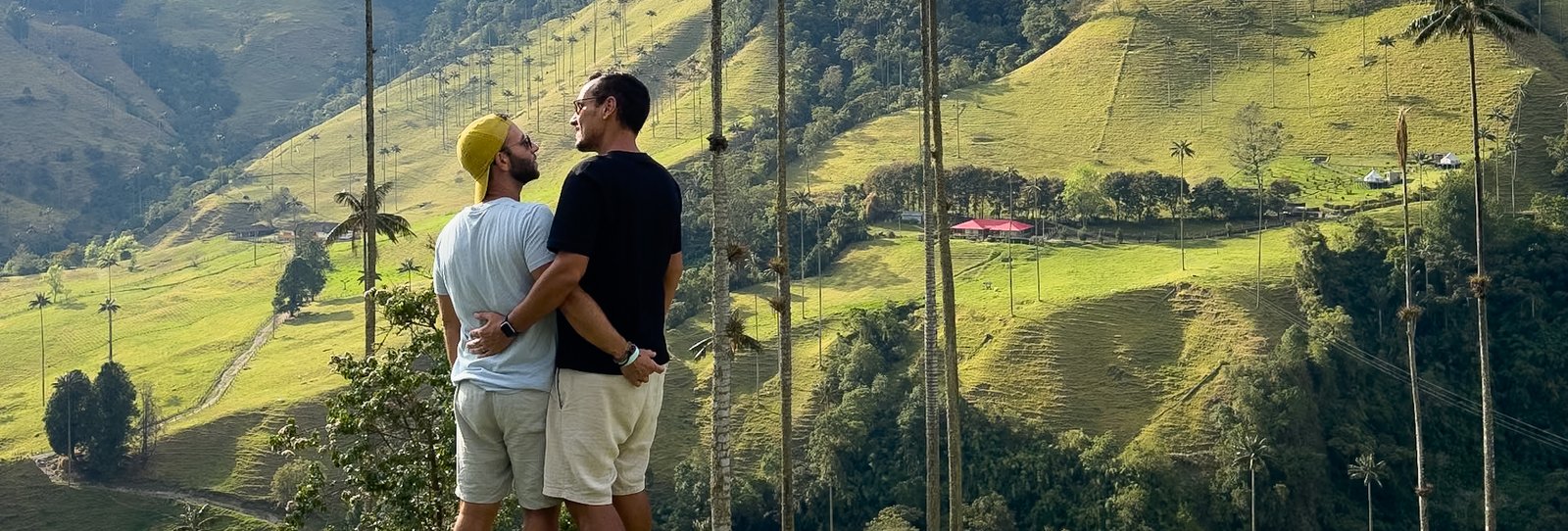Looking for where to stay in Nagano? You’ve come to the right place. We arrived in Nagano after some intense days in Tokyo, searching for a calmer, nature-connected side of Japan. We were curious about the famous snow monkeys, temples, and onsens. And the truth is, we ended up falling in love with this mountainous region – especially how each area offers such different experiences.
If you’re also planning a visit and want to know where to stay in Nagano, this article tells you everything: the best areas, practical tips, and accommodation suggestions for all budgets.
Table of Contents
Best areas to stay in Nagano
Choosing where to stay in Nagano depends largely on the type of experience you’re seeking. We’ve divided the region into three main areas that work well as bases to explore the province – whether in winter or other seasons.
- Nagano City – The most practical base, with good transport access, accommodations for all budgets, and the famous Zenko-ji Temple right nearby. Ideal for those wanting to explore the city or use it as a starting point for other regions.
- Yamanouchi (Shibu Onsen & Jigokudani) – If you dream of seeing the famous snow monkeys and relaxing in traditional onsens, this is the right area. It’s close to the Monkey Park and has several cozy ryokans.
- Hakuba – Perfect for those seeking nature and adventure, especially in winter. Here you’ll find good ski resorts, mountain trails, and hotels with amazing views.
Keep reading to discover the best hotels in each of these areas – from budget options to luxury accommodations.
Nagano City
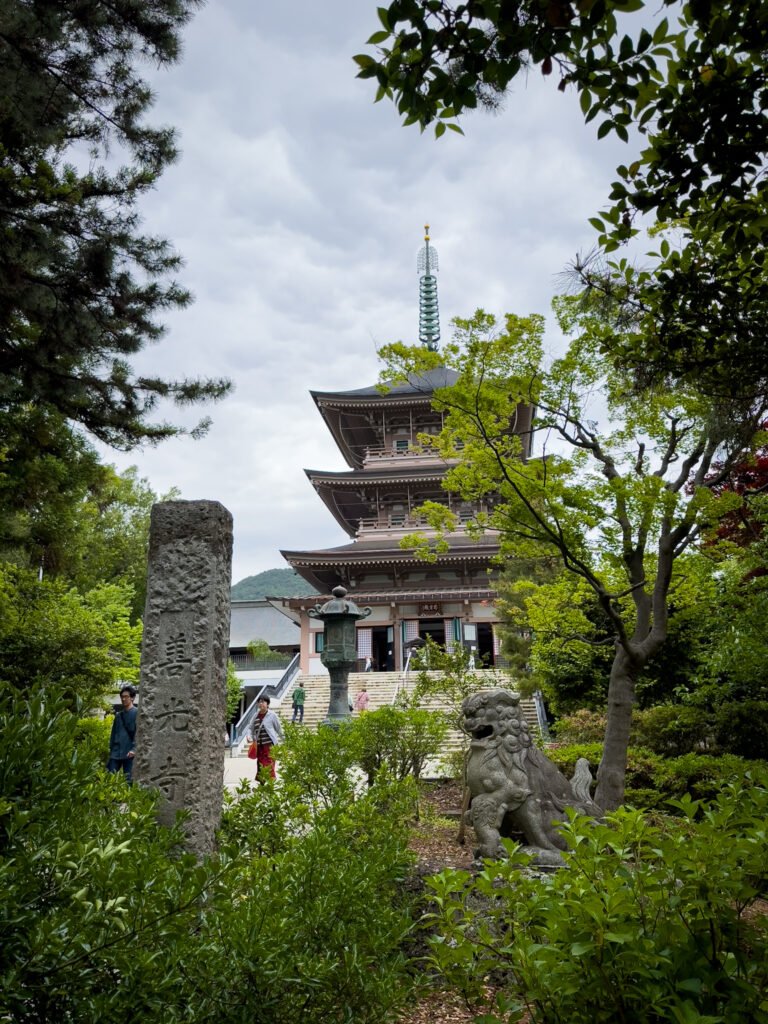
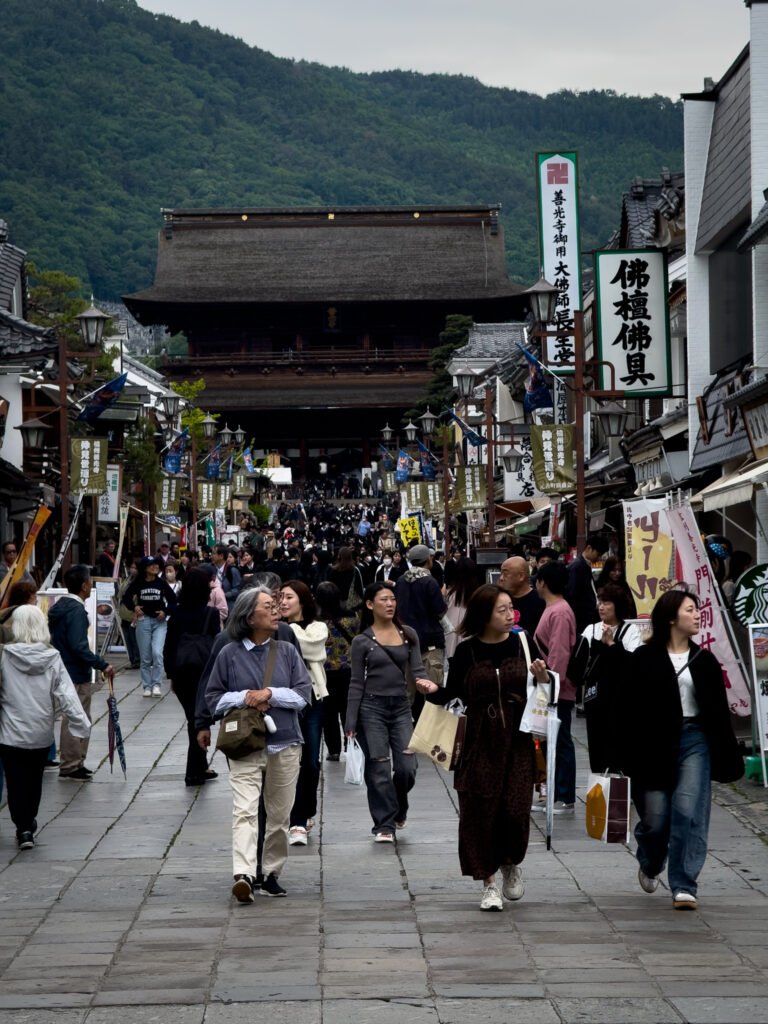
The main city and perfect base for those wanting to explore the region easily. It has a JR station, good transport, restaurants, and attractions like Zenko-ji Temple. It’s the ideal choice for those seeking convenience.
- Budget: Dormy Inn Nagano – Excellent location, free onsen, and included late-night ramen.
- Mid-range: Chisun Grand Nagano – Spacious rooms, varied breakfast, and great value.
- Luxury: Hotel New Nagano Next – Where we stayed. Modern rooms, perfect location, and great atmosphere.
Yamanouchi (Shibu Onsen & Jigokudani)
If you dream of seeing snow monkeys and staying in an onsen ryokan, this is the right area. The villages of Shibu Onsen and Yudanaka have a traditional Japanese atmosphere and are ideal for relaxing and experiencing authentic culture.
- Budget: Shoraiso Hotel – Cozy ryokan with good prices and very friendly staff.
- Mid-range: Ryokan Biyunoyado – Tatami rooms and excellent hot spring baths.
- Luxury: Hotarutei Villas – Private villas with onsens, an exclusive and relaxing experience.
Hakuba
Famous for ski slopes in winter and mountain trails in summer, Hakuba is perfect for those wanting nature and adventure. There are also good onsens and Japanese alpine-style accommodations.
- Budget: Hakuba Echo Hotel – Comfortable with modern atmosphere and close to slopes.
- Mid-range: Hakuba Panorama Hotel – Spacious rooms, included breakfast, and great views.
- Luxury: Hakuba Tokyu Hotel – Elegant hotel with spa, restaurant, and impeccable service.
Practical tips for booking accommodation in Nagano
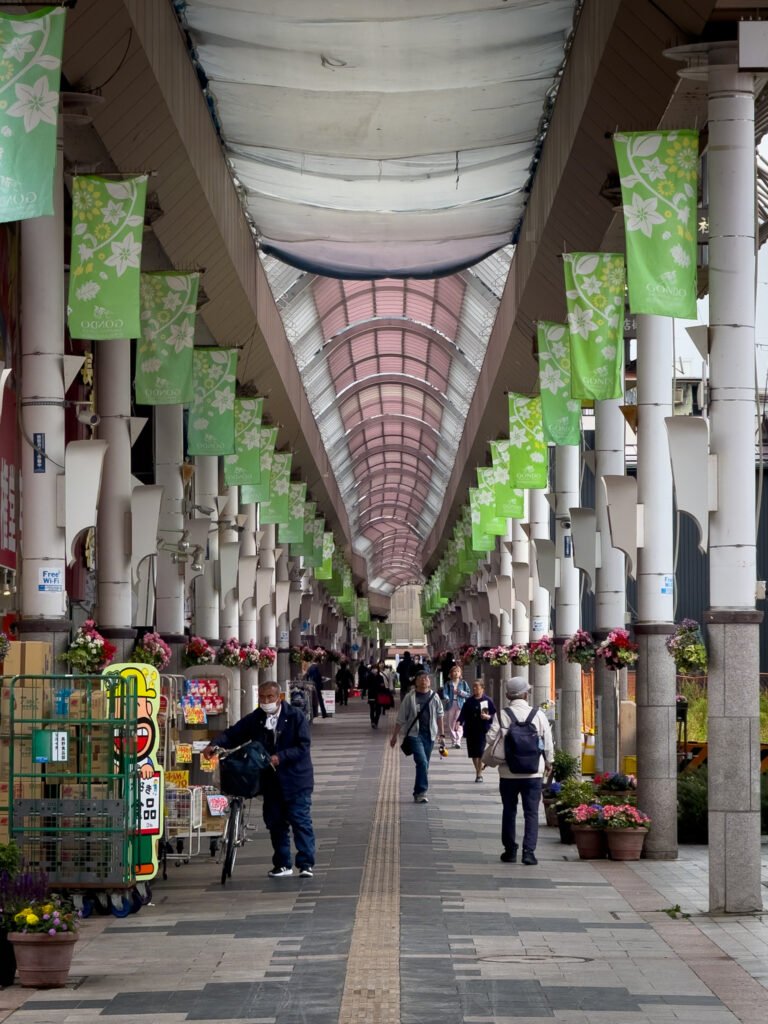

- During winter (December to February), book in advance, especially in Hakuba and Yamanouchi.
- If using a Japan Rail Pass, Nagano City is the most convenient base due to JR connections.
- Choose ryokans with included meals in Yamanouchi – it’s part of the Japanese experience.
FAQs: Common questions about where to stay in Nagano
What’s the best area to stay in Nagano?
Depends on your travel style. For practicality and transport, Nagano City. For onsens and snow monkeys, Yamanouchi. For nature and snow, Hakuba.
Is Nagano good to visit in summer?
Yes! It’s great for trails, temples, onsens and nature. Plus, it’s much cooler than Tokyo or Kyoto.
How many days to stay in Nagano?
At least 2 to 4 days, depending on whether you want to explore just the city or include mountain areas and onsens.



